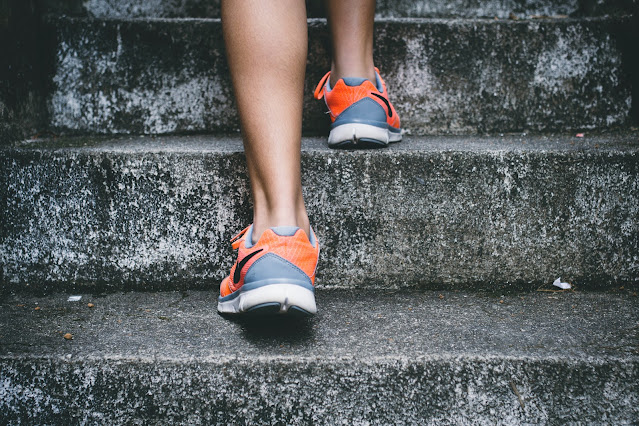The hormonal changes that women go through during menopause can have a profound effect on the entire body, which is why it is important to understand how your health needs change over the course of these years. It can become more difficult to build and maintain muscle mass and its associated strength, for example. Fatigue is also an issue that is often tied to hormone levels.
 |
| image credit |
Understanding the right exercises for this time of your life is largely about understanding how to offset the negative effects of these changes to keep yourself feeling great. In many cases, staying active even helps reduce the symptoms you feel day to day. So, what are the best exercises for reducing the symptoms of menopause? The answers will probably not surprise you too much.
1. Weight Training
Even a little weight training can go a long way toward keeping your strength and muscle tone up. Exercise helps keep your muscles strong even in the face of decreasing hormone levels. When it comes to your muscle power, the situation becomes more and more use it or lose it as you age. That means you should not take on an intensive weight training schedule out of the blue if you have never had one, but you should consider a balanced approach to support your continued strength.
2. Aerobic Exercise
Movement-based exercise is often a great way to keep yourself flexible and to help offset symptoms like hot flashes. The key is full-body exercise that puts your heart rate into the right range for aerobic activity. The increased circulation and ease of movement often correlate to lower muscle pain and more consistent temperature regulation for everyone, not just those needing hot flash relief.
3. Swimming
This activity is great for anyone who wants a full body workout that does not stress the joints. Depending on how you swim, it can provide cardio training as well as strength training. In fact, swimming is such a good form of exercise that it is often used as a stepping stone to more intensive activities during physical therapy after various injuries.
4. Yoga
If you are looking for a slow but effective approach to strength building that does not require a lot of equipment to start, yoga is a great answer. It can be used on its own or
with other activities to increase strength and flexibility with your body's natural weight and range of movement. Yoga has also been linked to better mood regulation and decreased stress levels, which might help with symptoms like irritability during menopause.
5. Pelvic Floor Exercises
Many of the health risks associated with late menopause and aging have to do with decreased core muscle strength, especially in the pelvic floor. To offset those risks, pelvic floor exercises that maintain your muscle strength and help prevent those issues are essential. It's also a good idea to look into additional support through nutritional supplements or even estrogen pills for hormone replacement therapy. That way, you can maintain your health and strength into, through, and past menopause.
